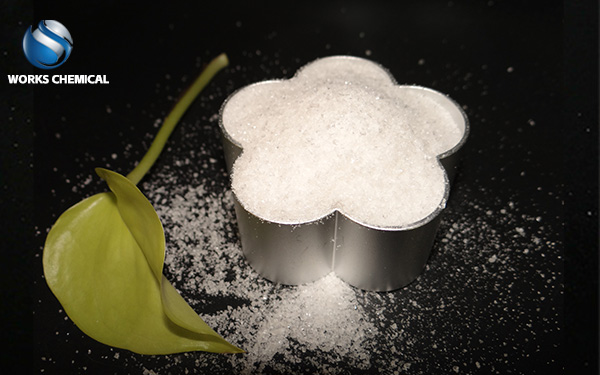
The new sludge conditioner (sludge enhancer) has significant advantages compared with the traditional pharmaceutical in the field of sludge treatment, so it has gradually received attention and promotion, and replaced the traditional pharmaceutical to a certain extent. The following is a detailed analysis of the new sludge conditioner instead of the traditional agent:

Limitations of traditional medicines
Traditional sludge dewatering agents, such as lime, polyacrylamide, polyaluminum chloride, etc., although they can improve the sludge dewatering effect to a certain extent, there are many limitations:
Safety risks: For example, lime is easy to produce dust during use, causing irritation to the respiratory tract and skin of the operator.
Environmental pressure: The lime sludge generated by the reaction of traditional agents such as lime increases the amount of sludge treated, which may cause certain pressure on the environment.
Incomplete dehydration: some traditional agents are difficult to achieve the effect of deep dehydration of sludge, resulting in a high water content of the treated sludge.
Equipment corrosiveness: Some traditional chemicals are highly corrosive to treatment equipment, which increases equipment maintenance costs.
Two, the advantages of new sludge conditioner
The new sludge conditioner is mainly composed of organic polymer substances, and has the following advantages compared with traditional chemicals:
Improve dewatering efficiency: The new sludge conditioner can significantly reduce the moisture content of the sludge and improve the dewatering efficiency. According to relevant cases, the new sludge conditioner can reduce the sludge moisture content to about 40%-60%, and even in some industries (such as printing and dyeing, sand fields) can reduce the sludge moisture content to less than 35%.
Environmental protection: The new sludge conditioner can reduce the pollution to the environment in the process of use, reduce the amount of sludge treatment, and help to achieve the reduction of sludge, harmless and resource.
Safety: Compared to traditional agents such as lime, the new sludge conditioner has a lower safety risk during use, reducing the harm to the operator and the environment.
Economy: The new sludge conditioner can shorten the dehydration cycle and reduce the operating cost. At the same time, due to its good dehydration effect, the cost of follow-up treatment is reduced, thus improving the overall economic benefit.
Strong adaptability: The new sludge conditioner can adapt to the needs of sludge treatment under different environmental conditions, and is not limited by temperature, pH and other factors.
Three. Application Cases of new sludge conditionerIn practical applications, the new sludge conditioner has achieved remarkable results. For example, a municipal sewage treatment plant tried to use a new type of sludge conditioner instead of lime for sludge deep dehydration treatment, and achieved the following results:
Dewatering effect: The new sludge conditioner improved the dewatering effect of the sludge, and the water content of the mud cake was reduced by about 5%.
Environmental improvement: The new sludge conditioner reduces the production of lime sludge, reduces the pressure on the environment, and is also conducive to the subsequent treatment of sludge.
Cost savings: The new sludge conditioner shortens the dehydration cycle by about 10%, helping to reduce operating costs.
Conclusion
In summary, the new sludge conditioner has significant advantages in the field of sludge treatment, and can replace traditional agents to achieve more efficient, more environmentally friendly and safer sludge dewatering treatment. With the continuous improvement of environmental protection requirements and the continuous maturity of new sludge conditioner technology, its application prospects will be more broad. At the same time, it is also necessary to strengthen the research and development of new sludge conditioners to meet the needs of different industries for sludge treatment.